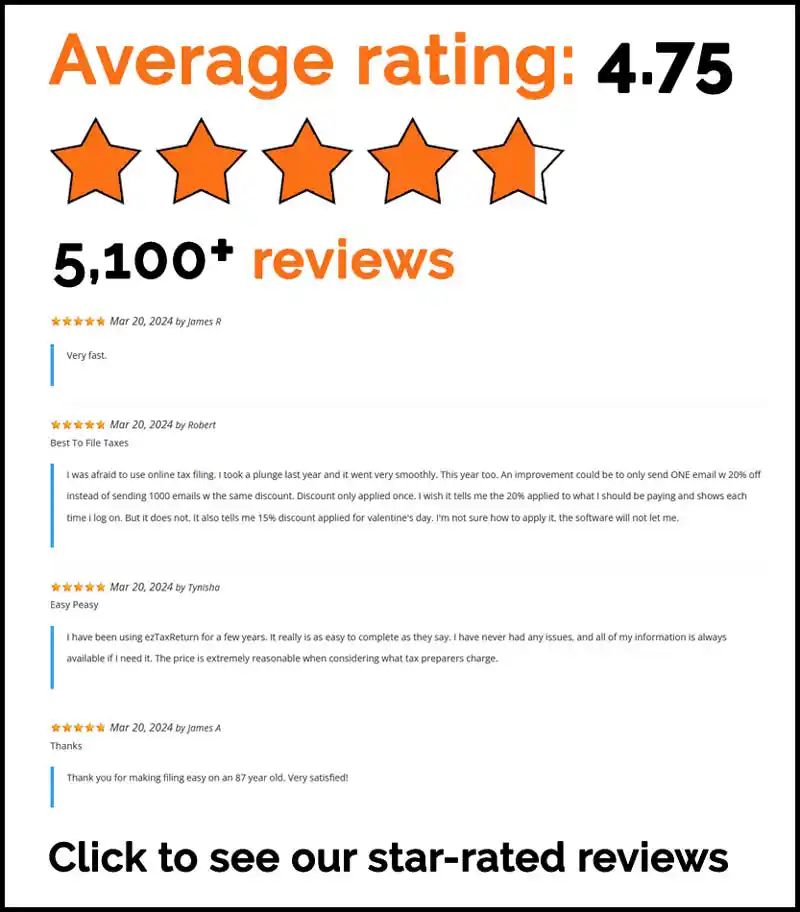The U.S. Census Bureau reported that in 2023, approximately 37 million Americans lived in poverty. If you’re struggling financially, the government has assistance programs that can reduce the cost of food, health care, and other basic needs for eligible households. Each program has its own set of requirements and your citizenship, family size, and income may be a factor. Here are some options available to low-income families.
Eligibility and Application Process
To be eligible for government assistance programs, families must meet specific income and eligibility criteria, which can vary by program and state. Generally, eligibility is determined by factors such as income, family size, and available resources.
To begin the application process, visit your state’s social service agency website or contact them directly. The application process typically involves submitting an application form and providing documentation to support your eligibility, such as proof of income, identification, and other relevant documents. Once submitted, your application will be reviewed, and you will be notified of the decision.
Food Assistance Programs
Food assistance programs are essential resources for eligible low-income families, ensuring they have access to nutritious food and can meet their dietary needs.
- Supplemental Nutrition Assistance Program (SNAP): SNAP provides eligible households with monthly benefits on an Electronic Benefit Transfer (EBT) card, which can be used to purchase groceries at authorized retailers. This program is crucial for families struggling to afford food.
- Women, Infants, and Children (WIC): The WIC program offers nutritional support to pregnant women, new mothers, and young children. It provides access to healthy foods, nutrition education, and healthcare referrals, helping families maintain a balanced diet during critical stages of development.
- National School Lunch Program (NSLP): This program provides low-cost or free lunches to eligible children in schools, ensuring that students receive nutritious meals during the school day. The NSLP aims to support the health and well-being of children from low-income families.
- Child and Adult Care Food Program (CACFP): CACFP offers nutritious meals and snacks to children and adults in daycare settings, after-school programs, and adult care facilities. This program helps improve the diets of participants and supports healthy growth and development.
By utilizing these food assistance programs, eligible families can access the nutrition they need to maintain a healthy lifestyle and reduce the financial burden of food costs.
Housing Assistance Programs
Housing assistance programs are designed to help eligible low-income families cover housing costs, including rent and utilities. These programs aim to prevent homelessness and ensure families have access to safe and affordable housing.
- Section 8 Housing Choice Voucher Program: This program offers rental assistance to eligible low-income families, allowing them to choose their own housing while paying a portion of the rent. The remaining rent is covered by the voucher.
- Public Housing Program: This program provides rental housing to eligible low-income families, with rent based on the family’s income. Public housing units are managed by local housing authorities.
- Homeless Prevention and Rapid Re-housing Program: This program offers financial assistance and supportive services to help individuals and families who are homeless or at risk of becoming homeless. It aims to quickly rehouse homeless individuals and prevent homelessness for those at risk.
Utility Bill Assistance Programs
Utility bill assistance programs are essential resources for eligible low-income families, helping them manage and reduce home energy costs, ensuring they can maintain access to necessary utilities like electricity and heating.
- Low Income Home Energy Assistance Program (LIHEAP): LIHEAP provides financial assistance to eligible households to help cover home energy bills, including heating and cooling costs. This program is vital for families struggling to pay their energy expenses, especially during extreme weather conditions.
- Weatherization Assistance Program (WAP): WAP offers services to improve the energy efficiency of homes for eligible low-income families. By upgrading insulation, heating systems, and other energy-saving measures, this program helps reduce utility costs and improve living conditions.
- Utility Company Assistance Programs: Many utility companies offer assistance programs for eligible customers, providing discounted rates, payment plans, or emergency assistance to help manage utility bills.
By taking advantage of these utility bill assistance programs, eligible families can reduce the financial burden of energy costs and ensure their homes remain safe and comfortable throughout the year.
Education and Employment Assistance
Education and employment assistance programs offer financial support and services to help individuals and families achieve self-sufficiency. These programs are crucial for those struggling to find employment or needing education and training to improve their job prospects.
- Temporary Assistance for Needy Families (TANF): This program provides financial assistance and supportive services to help low-income families achieve self-sufficiency. Services may include job training, child care, and other support.
- Workforce Innovation and Opportunity Act (WIOA): This program offers education and training services to help individuals who are unemployed or underemployed gain the skills needed for better job opportunities.
- Pell Grant Program: This program provides financial assistance to low-income students to help pay for college. Pell Grants do not need to be repaid, making them a valuable resource for students pursuing higher education.
Health Insurance Assistance Programs
Health insurance assistance programs are designed to provide low-income families and individuals with access to affordable health care coverage. These programs ensure that eligible households can receive necessary medical services without facing financial hardship.
- ACA Health Insurance Marketplace: The Marketplace offers a range of health insurance plans with varying levels of coverage and costs. Eligible individuals and families may qualify for subsidies to help lower their monthly premiums and out-of-pocket expenses, making health care more accessible.
- Medicaid: Medicaid provides free or low-cost health coverage to eligible low-income families, children, pregnant women, the elderly, and individuals with disabilities. Coverage varies by state but typically includes essential services such as hospital visits, physician services, and preventive care.
- Children’s Health Insurance Program (CHIP): CHIP offers low-cost health coverage to children in families with incomes too high for Medicaid but too low to afford private insurance. The program covers various services, including doctor visits, prescriptions, and emergency care.
- Medicare Savings Programs: These programs help eligible individuals with limited income pay for Medicare premiums, deductibles, and co-insurance. They are crucial for seniors and disabled individuals who rely on Medicare for their health care needs.
By enrolling in these health insurance assistance programs, eligible families can access the necessary medical care and services to maintain their health and well-being, reducing the burden of health care costs.
Tax Credits and Benefits
Tax credits and benefits provide financial assistance to eligible individuals and families, helping them cover essential expenses such as child care and health care. These programs can significantly ease the financial burden for low-income families.
- Earned Income Tax Credit (EITC): This tax credit is available to eligible low-income working individuals and families, providing a substantial financial boost during tax season.
- Child Tax Credit: This program offers a tax credit to eligible families with children, helping to offset the costs of raising children.
- Premium Tax Credit: This tax credit is available to eligible individuals and families who purchase health insurance through the Affordable Care Act marketplace, making health care more affordable.
Want to maximize your refund? File your taxes with ezTaxReturn today and get your biggest possible refund, guaranteed.
Disaster Relief and Emergency Assistance
Disaster relief and emergency assistance programs provide crucial financial support and services to individuals and families affected by disasters or emergencies. These programs help families recover and rebuild their lives during challenging times.
- Federal Emergency Management Agency (FEMA): FEMA provides financial assistance and supportive services to individuals and families impacted by disasters, helping them recover and rebuild.
- Disaster Supplemental Nutrition Assistance Program (D-SNAP): This program offers food assistance to eligible individuals and families affected by disasters, ensuring they have access to nutritious food during recovery.
- Emergency Rental Assistance Program: This program provides financial assistance to help eligible individuals and families pay for housing costs after a disaster, preventing homelessness and ensuring stable housing.
By understanding and utilizing these government assistance programs, low-income families can access the resources and support they need to improve their financial stability and overall well-being.
File your taxes with ezTaxReturn today and get your refund quickly and easily!
The articles and content published on this blog are provided for informational purposes only. The information presented is not intended to be, and should not be taken as, legal, financial, or professional advice. Readers are advised to seek appropriate professional guidance and conduct their own due diligence before making any decisions based on the information provided.




